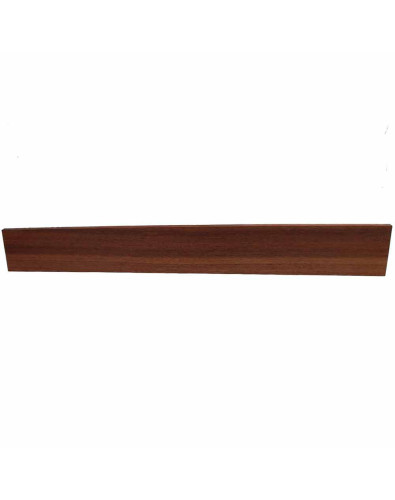-
MenuBack
- FSC® WOODS
-
PRODUCTS
ON SALE
-
-
Woods
-
-
REBAJADOS
-
FENDER®
-
-
Other String Instruments
-
-
-
Bow Instruments
-
-
-
Wind Instruments
-
Pieces other sizes
-
Lathe
-
Walking Sticks
-
Raw Material
-
-
-
Kits and Percussion
-
Wind Instruments, Lathe and Raw Material
-
-
-
Mb Exclusive
-
-
Assorted Pieces
-
-
-
Finishes
-
-
Accessories
-
-
ACCESSORIES
-
Cuerdas
-
Cuerdas
-
Last Units Accessories
-
More Accessories
-
-
-
TOOLS
-
-
Herramientas para Luthier
-
-
-
About us
-
Laurel
The Indian Laurel lives in the shadow of India’s main export product, the Rosewood, but it should not be overlooked. This wood is denser than Tulipwood and has surprising sonic potential. The wood is very attractive visually, although it doesn’t have as much variation for each peace as the one found in the Indian Rosewood. It has a characteristic strong and uniform brown color that is increased by slightly mottle dark lines and a very subtle cross grain figure although some pieces modify and have a lighter background color. Due to its density and stability it produces a very harmonic and stable sound.
BOTANICAL NAME: Terminalia Tomentosa
COMMON NAME: Indian Laurel
ORIGIN: India
DESCRIPTION: The color of the wood varies from light brown to dark brown with darker, and nearly black streaks. Sapwood is pale pinkish color, clearly different from the heartwood whose density is 855kg /m3. It’s a wood of intermediate hardness and uniform texture. The grain is generally straight or slightly interlocked. It’s heavy and resistant.
RECOMMENDATIONS: Generally, it is easy to work, although sections with interlaced or irregular grain are more problematic. Low resistance to insects.
DRYING: The drying process is slow and delicate, gluing is easy.
USES: In addition to being used in the tuning forks of a variety of instruments, it’s also used in the soundboard of Classical and Acoustic Guitars.
Fingerboards
- Finished Fingerboards
- Bocote
- Bois de Rose
- Brown Ebony
- Cocobolo (CITES)
- Curupay
- African Ebony
- Exotic Ebony
- Macassar Ebony
- Pale Moon Ebony
- Blackwood
- Mexican Granadillo
- Katalox
- Laurel
- Malaysian Blackwood
- Ovangkol
- American Walnut
- Padauk Bariolé
- Amazon Rosewood
- Indian Rosewood
- Madagascar Rosewood (CITES)
- Brazilian Rosewood
- Snakewood Fingerboard
- Kingwood
- Santos Rosewood
- Purple Heart
- Bird eye
- Sycamore
- Sonokeling
- Wenge
- Ziricote



